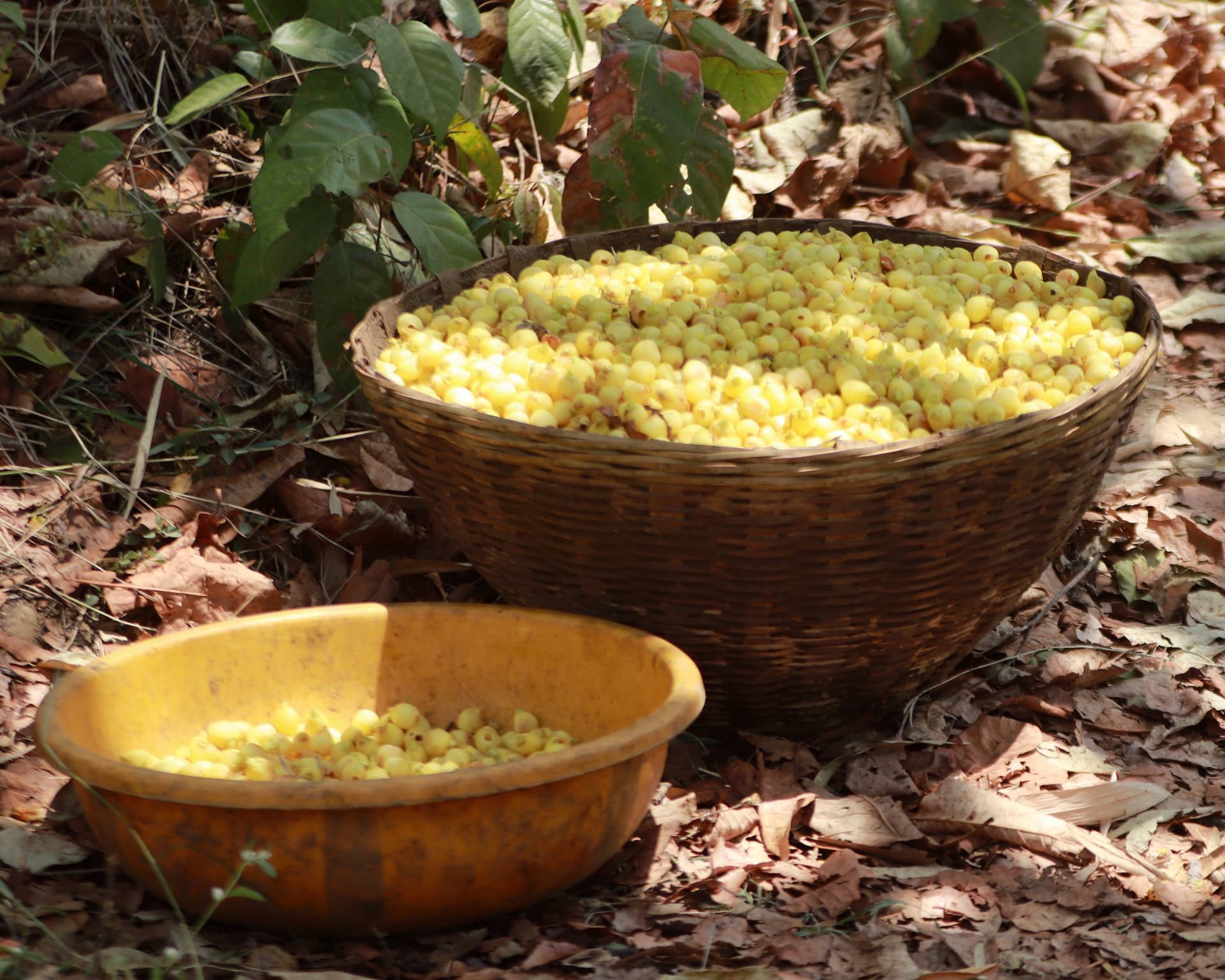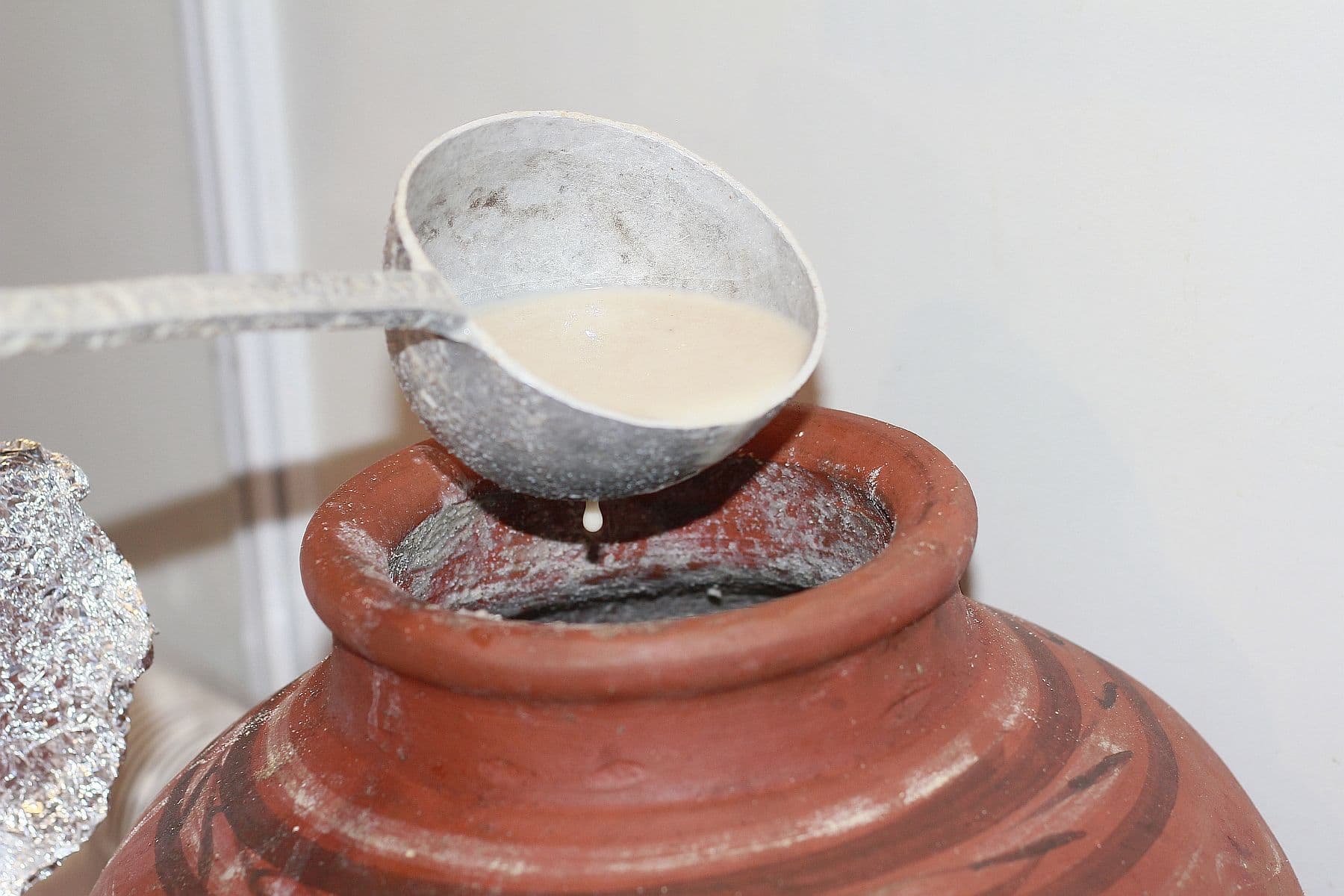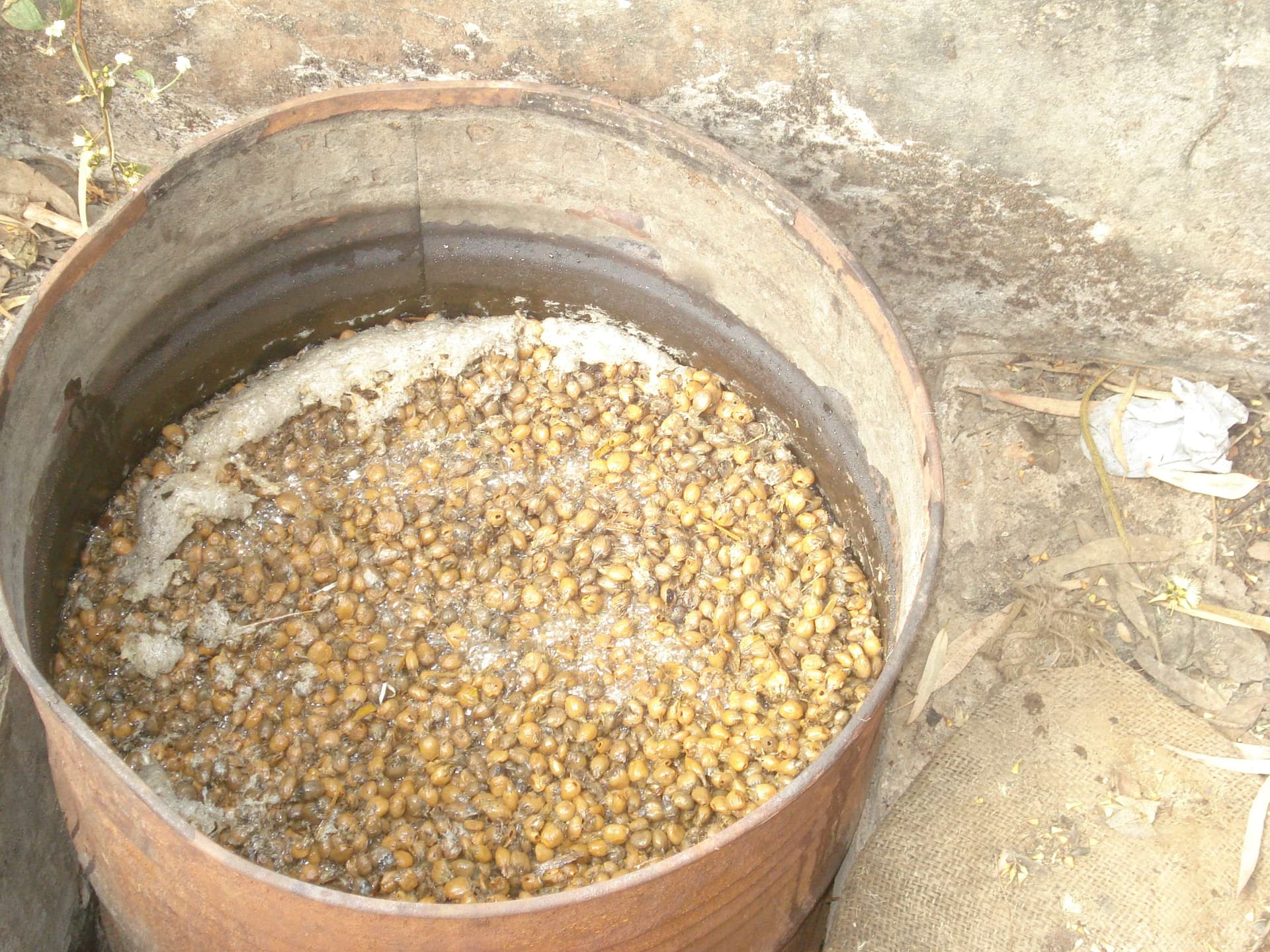Tribal Fermented Dishes Made With Organic Liquor You Didn’t Know About
Surely, when you think of Jharkhand cuisine, you think of lots of pulses and duska! But did you know many hidden delicacies are only made by tribal and folk communities? Why are these dishes so rooted and hidden? It is mainly because the ingredients used to make these dishes are highly seasonal and are grown without human intervention in deep forests.
Tribal communities are more in par with nature, and their daily survival depends upon the foraged items. It is impressive to notice how these communities store and ferment these products ahead of time to make more varieties of dishes.

What Do You Mean By Organic Liquor?
In tribal communities, particularly in regions like Jharkhand, organic liquor refers to naturally fermented and distilled brews made from local, seasonal ingredients, often passed down through generations. These are not commercial spirits but ethnobotanical brews crafted from forest produce like mahua flowers, rice, millets, or even tree bark and herbs. The process is closely related to nature; no chemicals, no industrial yeast, no machinery, only ancient methods, fermenting pots, and open fire.
For instance, handia, a classic rice liquor produced by the Munda and Oraon tribes, leaves cooked rice mixed with a starter culture created of herbs (called ranu or bakhar), let to ferment in earthen pots for a few days. Then there is mahua, the best-known liquor among the Santhals, made from the fermented blooms of the mahua tree, renowned for its earthy taste. Way more than simply a drink, they are used in ceremonies, harvest festivities, and community events.
Tribal Communities And Their Ancestral Way Of Storing And Cooking Food!
In Jharkhand's tribal communities, fermentation is a part of everyday life and family traditions. While many parts of India bury pots in the ground to ferment liquor, the tribal families of Jharkhand have their own unique methods. One of the most distinctive is the usage of sal leaves. These leaves are durable, naturally clean, and allow air to flow through. Families use them to wrap fermented rice and cover fermenting pots. Each family folds and knots the leaves in its unique fashion, which is often passed down through generations.
Similar to how tools are important in mixology, covering and leaving utensils to ferment within holds a specific function. Deeply burying the sealing off the pots over the ground means that the fermentation process will be carried out for longer, making the brew more pungent. Covering it with sal leaves gives it a herby essence, and it is left to ferment with limited airflow for about a week. This is best for use in the delicacies.
Another approach is tree-based fermentation, which is particularly useful for gathering tadi or palm sap. The sap drops into natural containers such as bamboo or dried gourds that are hung high on the tree. This new sap begins to ferment naturally in the open air with no additional additives. These ancient practices show how indigenous peoples have always valued and made good use of the resources provided by the forest. These methods aid in the preservation of tasty, prepped food and drink without wasting a single bit.
Also Read: These Fermented And Sweet Cocktails Were Basically Born For Chilli Chicken

Besides Delicacies, Here's What You Are Missing Out On!
In Jharkhand, local beverages like mahua or handia find their way into cooking, enhancing flavours and tenderising textures.
Rice Liquor Fermented Eggs
In many tribal households in Jharkhand, freshly brewed handia serves not only as a drink but also as an ingredient incorporated into everyday cooking. A classic approach includes fermenting boiled eggs in handia. This results in a soft texture and a subtly tangy flavour, reminiscent of the way pickled or brined eggs are. It is similar to ones that are utilised in various culinary traditions around the world.
Frying Batter For Local Produce
In a similar fashion, handia is incorporated into batters for frying seasonal vegetables, local greens, and edible flowers, functioning much like beer does in a traditional fish and chips dish. It brings a subtle sourness that balances with earthy ingredients such as yam or jackfruit seeds.
Mahua is edible but non-alcoholic when used without fermentation. But there are certain delicacies that use fermented flowers!
Mahua ka Pua
Around 5 grams of lightly fermented mahua flowers are mashed or blended into a thick batter, often combined with rice or wheat flour, and occasionally sweetened with jaggery. Little rounds are cooked until they achieve a lovely golden hue. The mahua brings a caramel-like flavour and a crisp texture.
Mahua Shehed
This isn't honey as you might typically think of it. It is a sweet, thick syrup created by gently cooking mahua flowers, resembling a jam or reduction in texture. Some families allow it to ferment a bit for extra flavour, while others blend it with crushed herbs or spices.

Bet You Did Not Know This,
- The recipes and large cookbooks featuring tribal dishes and delicacies are highly opinionated, as each family and community is distinctly different.
- No indigenous or foraged material for a seasonal delicacy is overgrown. Tribal communities leave a little amount of fruits, vegetables, saplings, etc, behind for further growth and wildlife consumption.
- Mahua trees and their fruits are naturally farmed by birds, honeybees, and animals, making them a one-of-a-kind ingredient to use.
In The End,
The diversity of tribal foods in India is truly remarkable, influenced by the geography, climate, and available local resources. Each community brings its distinct flavours, techniques, and ingredients to the table.
Drink Responsibly. This communication is for audiences above the age of 25.




